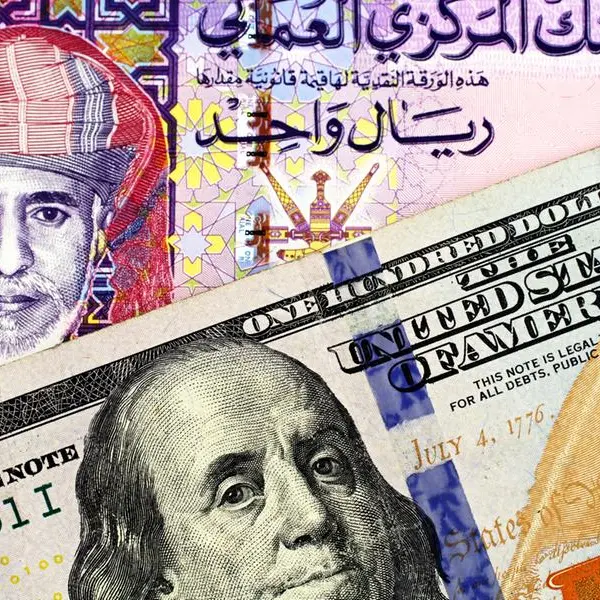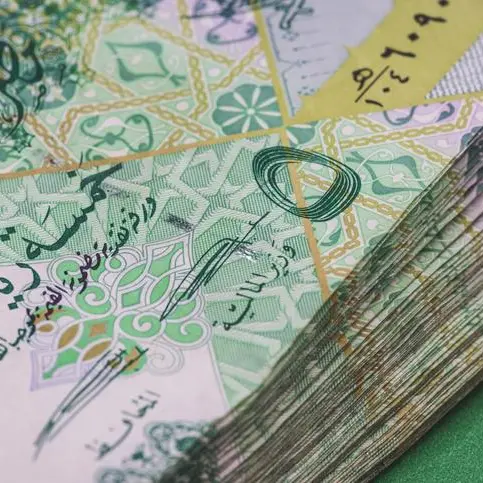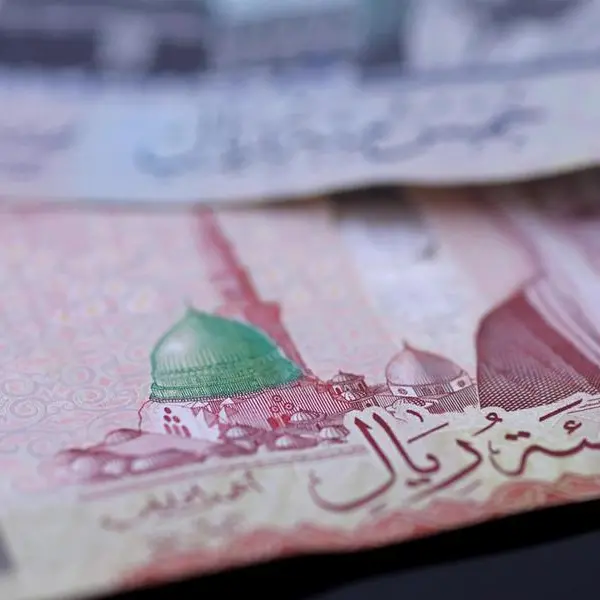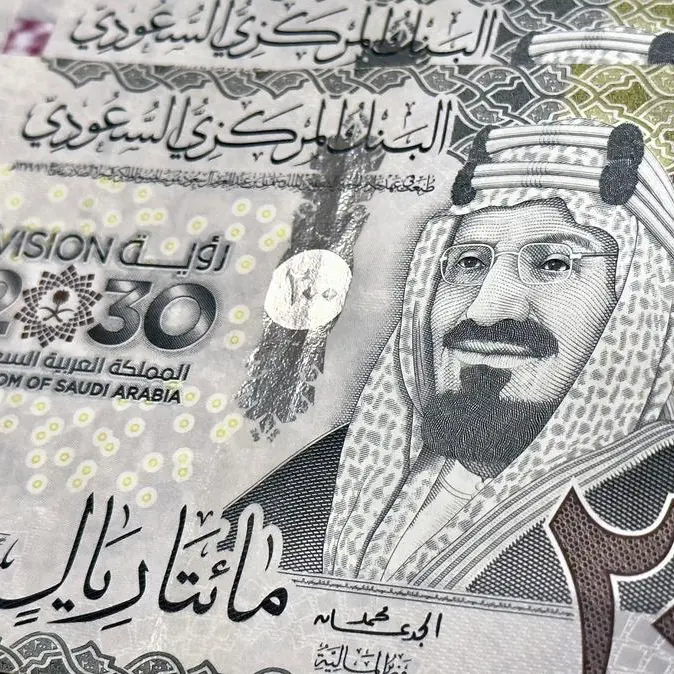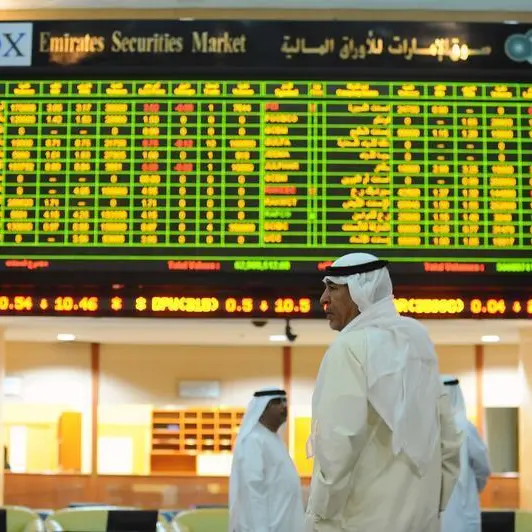PHOTO
AMMAN — Economists are pinning hopes on 2023 for an increase in national GDP growth which will be reflected by reduced poverty, unemployment and national debt levels.
Jordan is slowly recovering from the economic shrink caused by the COVID pandemic, with a GDP growth rate of 2.6 per cent in 2022, after a contraction of 1.6 per cent in 2019.
Jordan’s Gross Domestic Product (GDP) at constant market prices grew in the third quarter of 2022 by 2.6 per cent, compared with the third quarter of 2021, due to an increase in economic growth in various sectors, Al Mamlaka TV reported.
Economist Hussam Ayesh told The Jordan Times that although the GDP grew in the third quarter of 2022 by 2.6 per cent, it recorded a growth rate of 2.9 per cent in the second quarter of 2022, and a total of 2.7 per cent growth in the first half of 2022.
According to Al Mamlaka, the extractive industries achieved the highest growth rate during the third quarter of 2022 at 5.3 per cent, contributing to 0.12 percentage points to the achieved growth rate, followed by the agriculture, forestry and fishing sectors by 4.1 per cent, contributing to 0.16 percentage points, the construction sector by 3.6 per cent, contributing to 0.11 percentage points, and the manufacturing sector by 3.5 per cent, contributing 0.64 percentage points.
“The overall indications are good. However, the question remains why isn’t this reflected on people’s lives,” Ayesh added.
He noted that the economy is supposed to serve people’s wellbeing and increase their spendings, savings and investing ability.
However, until the end of July/August, total national debt stood at 109.7 per cent of the total GDP, according to Al Mamlaka.
Total public debt reached JD37.101 billion in the first eight months of 2022, including the debt held by the Social Security Investment Fund worth JD7.5 billion, Al Mamlaka reported.
Meanwhile, the value of Jordan’s total exports during the first 10 months of this year amounted to JD7.412 billion, recording an increase by 39.1 per cent compared with the same period in 2021, according to the monthly report of the Department of Statistics on foreign trade in Jordan.
As for national imports, the overall value amounted to JD16.541 billion during the first 10 months of 2022, an increase of 34 per cent compared with the same period of 2021, thus, the trade deficit balance amounted to JD9.129 billion, an increase of 30.2 per cent during the first 10 months of 2022 compared with the same period of 2021.
“Trade deficit is a very important economic indicator for investors,” economist Wajdi Makhamreh told The Jordan Times.
The government is urged to reduce taxes on exports in order to reduce the trade deficit in the Kingdom, said Makhamreh.
The general consumer price index (inflation) for the end of November reached 108.19 compared with 103.06 for the same month of 2021, recording a 4.99 per cent increase, according to the Department of Statistics.
Among the main commodity groups that contributed to the increase were fuel and lighting appliances, which contributed to 35.32 per cent. Rentals and leasing contributed 4.48 per cent, transportation 4.63 per cent, dairy products and eggs 7.67 per cent, and culture and entertainment 10.51 per cent.
Al Mamlaka added that according to the World Bank statistics, inflation in Jordan reached its highest level in four years last August standing at 5.4 per cent on an annual basis, before stabilising relatively in September 2022.
Makhamreh noted that “we have a long way to go to balance our trade deficit, reduce national debt and increase national GDP growth”.
However, the readings of this year’s financial sheets are “promising” and set the standard for next year, and the government is seeking to implement reforms that boost growth and create jobs, he said.
© Copyright The Jordan Times. All rights reserved. Provided by SyndiGate Media Inc. (Syndigate.info).

